As always. I’m quite conflicted at the thought of Otoyomegatari ever getting an adaptation, but most especially after exquisite material like this. On the one hand, I know no studio – though I’d like to see Wit or Kinema Citrus try – could do Mori-sensei’s art justice. But on the other, this series is simply so damn good. It’s a masterpiece not just visually, but narratively. It would be a shame to see the visual poetry lose some of its lustre, but I think an even bigger one to never see it on-screen when so many lesser series (which is pretty much all of them) make the jump.
As sometimes happens a shot slipped past the goalie here, and I hadn’t realized Chapter 82 dropped a few weeks ago – thus, the double write-up. And while 83 is very good in its own right, showcasing Mori’s drawing at its absolute peak of beauty, it’s #82 that’s both the masterpiece and the landmark. It’s full of wonderful storytelling and offers a roadmap for where the series might be headed from here.
I’ve liked all the chapters where Mori has focused on photography, and this one was no exception. It’s hard to overstate just how important an invention this was but not only that, the impact it had on people when they experienced it for the first time. Just look at the old pilgrim’s face when he sees what Mr. Smith has done – it’s truly a miracle to him, a man who’s just come back from an arduous journey of faith. There’s something very powerful and a little unsettling about the way both Ali and Niklovski decline to accept the photographs Smith has taken of them, and sort of heartbreaking in the way this clearly hurts him.
In a sense, Mori explains to the readers where she intends to go with (and perhaps even conclude) Otoyomegatari through having Henry explain it to Talas. We harken all the way back to Chapter 11, where Karluk asked Smith why he came to Turkey in the first place. Mr. Smith is really a beautiful soul – innocent and noble – and seems to have found his match in Talas. His desire to preserve the lives of the people he’s met is presented in elegant and poetic fashion, and this seems to be the outline the series will broadly follow – Mr. Smith re-tracing his steps and in the process, re-acquainting us with all the people he (and we) met on the way.
It begins with Shirin and Anis (and that gorgeous cat, of course), seemingly living quite happy as sister-wives (Mori continues to studiously avoid political correctness in this arc). And it can only conclude, of course, with Karluk and Amira and their families and village – back where it all started, home where the heart is. I don’t know for a fact that Otoyomegatari would end there – with a string of reunions culminating in the most important of them all, and Henry and Talas sailing back to England – there would certainly be interesting untold stories which take place after that point. But objectively it’s hard to imagine a more fitting or elegiac way to bring this sublime series to a conclusion – even from this distance, I can feel the emotional power of it.


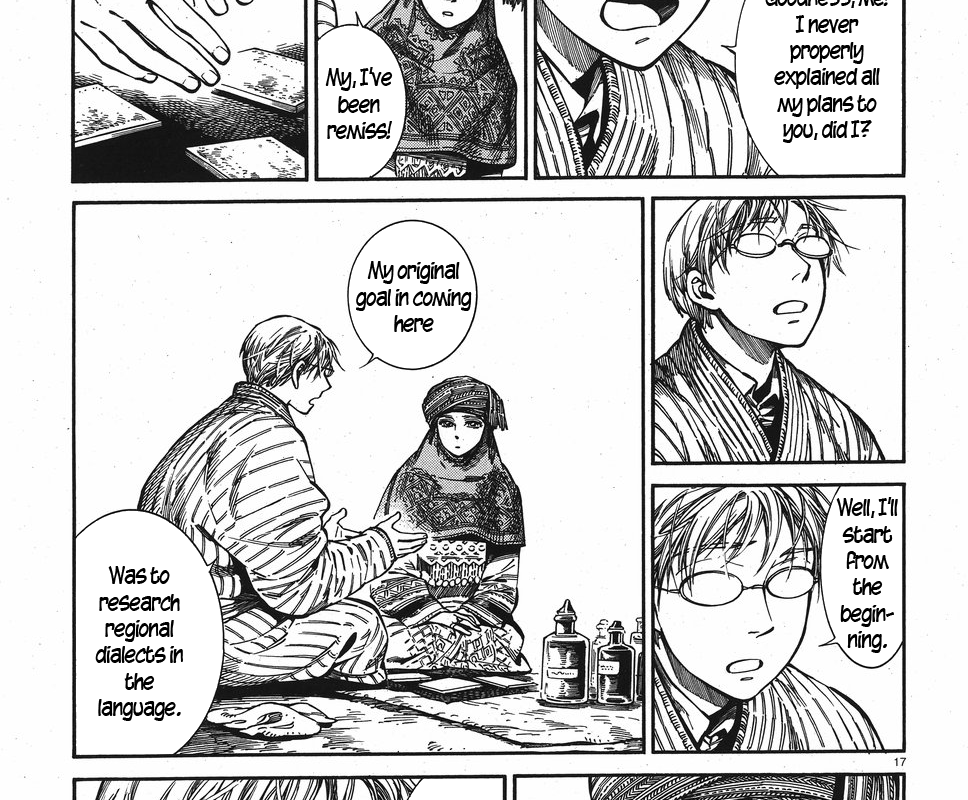
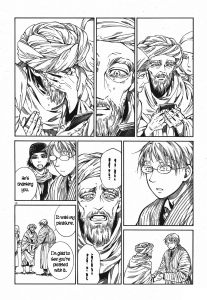
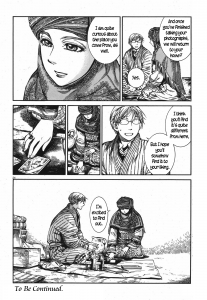
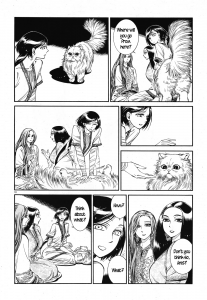
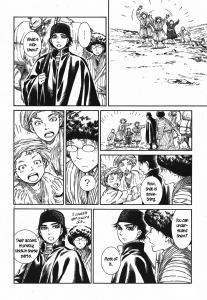
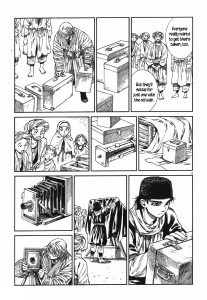
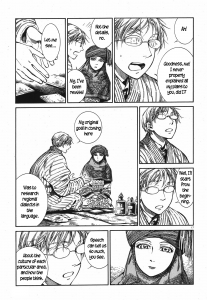
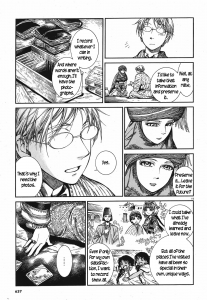


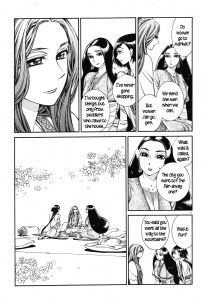


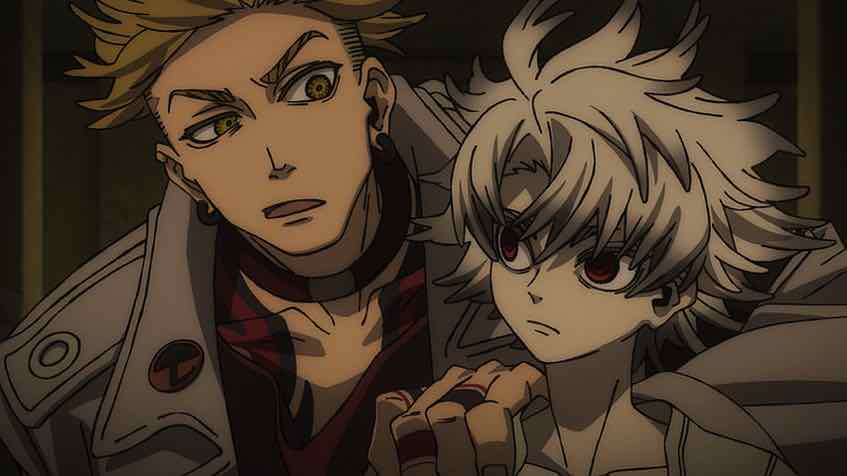
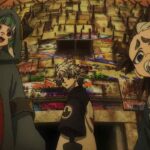
elianthos
August 5, 2019 at 12:00 amTwo wonderful chapters each in their own way. And while Smith (as Mori’s voice ) put it in more articulate manner it’s also nice to see a low-key version of that attitude between the lines if three women’s conversation… Talas seems both willing and apt to take cultural shocks in strides with a smiling loving attitude especially, and it’s beautiful to witness.
As for clues on the direction and conclusion of the story you’re probably right. I’m just crossing my fingers we are getting a glimpse of Carluk’s growth spurt before it’s over :,) .
elianthos
August 5, 2019 at 12:01 am*OF the three women’s conversation